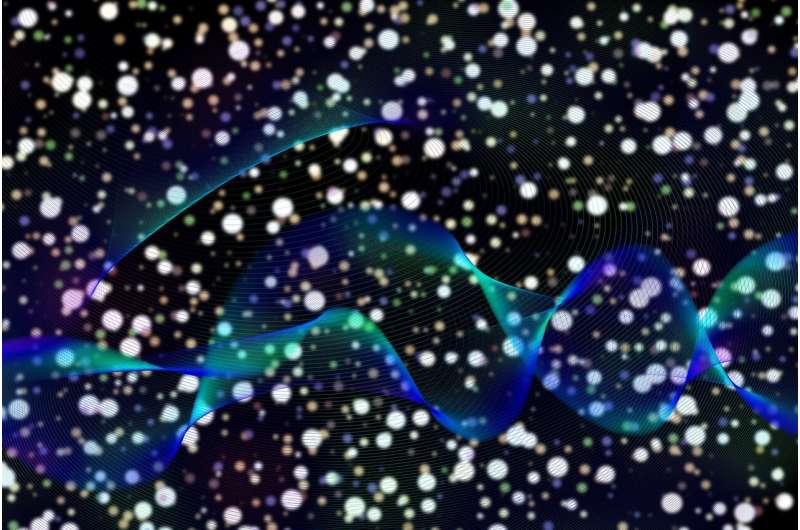
University of Central Florida
researchers are developing new photonic materials that could one day help
enable low power, ultra-fast, light-based computing.
The unique materials, known as topological insulators, are like wires that have been turned inside out, where the current runs along the outside and the interior is insulated.
Topological insulators are important because they could be used in circuit designs that allow for more processing power to be crammed into a small space without generating heat, thus avoiding the overheating problem today's smaller and smaller circuits face.
In their latest work, published in the journal Nature Materials, the researchers demonstrated a new approach to create the materials that uses a novel, chained, honeycomb lattice design.
The researchers laser etched the chained, honeycombed design onto a sample of silica, the material commonly used to make photonic circuits.
Nodes in the design allow the researchers to modulate the current without bending or stretching the photonic wires, an essential feature needed for controlling the flow of light and thus information in a circuit.
The new photonic material overcomes drawbacks of contemporary topological designs that offered less features and control, while supporting much longer propagation lengths for information packets by minimizing power losses.
The researchers envision that the new design approach introduced by the bimorphic topological insulators will lead to a departure from traditional modulation techniques, bringing the technology of light-based computing one step closer to reality.
Topological insulators could also one day lead to quantum computing as their features could be used to protect and harness fragile quantum information bits, thus allowing processing power hundreds of millions of times faster than today's conventional computers.
The researchers confirmed their findings using advanced imaging techniques and numerical simulations.
"Bimorphic topological insulators introduce a new paradigm shift in the design of photonic circuitry by enabling secure transport of light packets with minimal losses," says Georgios Pyrialakos, a postdoctoral researcher with UCF's College of Optics and Photonics and the study's lead author.
Next steps for the research include the incorporation of nonlinear materials into the lattice that could enable the active control of topological regions, thus creating custom pathways for light packets, says Demetrios Christodoulides, a professor in UCF's College of Optics and Photonics and study co-author.

 Previous page
Previous page Back to top
Back to top







